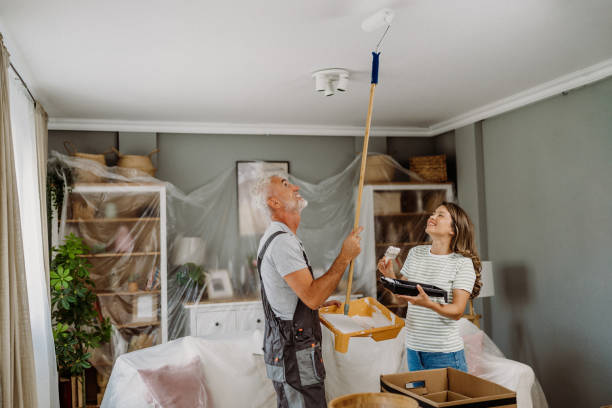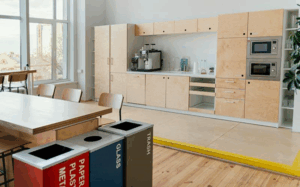How a Painter’s Hands Elevate Outdoor Spaces: Painting Techniques That Revolutionize Your Exterior

Professional wall painting service
A building’s exterior has a way of talking before you ever reach the door. Maybe it says well-kept and welcoming, maybe it says I’ve seen better days. For homeowners, it’s the first handshake with guests. For a business, it’s the silent pitch to every passerby. A proper paint job out here isn’t just about color—it’s about telling the right story, keeping it strong through weather, and making sure it still holds up when you see it five years later.
-
Textured Illusions: Faux Finishes for Outdoor Character
Plain paint can be polite. But sometimes polite doesn’t turn heads. Experts in faux painting techniques leverages ability to create highlights and shadows to achieve intended variations. That helps mimic the appearance of other, often more expensive or elaborate, materials.
That way, your Calgary Painter can dress up a wall so it hints at stone, brushed metal, or aged timber—as you envision it! Their expertise is in leveraging how the sheen of the paint play with light and shadow, so even from the curb, the surface feels alive.
When you hire someone who knows their craft, you’re getting:
- Convincing surface mimicry; high-end looks that actually stand up to rain and summer heat.
- Prep work that matters; sanding, priming, sealing—so the texture doesn’t peel away after the first storm.
- Layer control; brushes, sponges, and specialty tools that stack dimension without looking forced.
Get this right, and people won’t ask what paint you used—they’ll ask where you found the stone mason.
-
Achieving Depth Without Drama: Multi-Tonal Painting for Subtle Dimension
Not every wall needs a loud color jump. Sometimes the magic is in two or three shades that sit close together on the color wheel. You might not even notice them from across the street, but up close, the surface has depth you can feel.
A good painter knows how to deliver that with:
- Thought-out color placement; mapping tones so they play off the building’s lines.
- Sun-smart pigments; avoiding shades that bleach unevenly in direct light.
- Feathered blending; transitions so soft you can’t tell where one color stops.
That is the paint equivalent of a well-tailored suit—quiet confidence, no shouting required.
-
Protection Meets Purpose: Specialty Coatings for Unique Surfaces
Brick doesn’t need what stucco needs. And aluminum siding? That’s another story. Different surfaces demand different treatments, and guessing wrong will cost you twice—once in the labor, once in the redo.
Experienced crews bring:
- Surface-specific formulas; matching the chemistry of the coating to the substrate.
- Durability planning; factoring in local weather, from coastal salt air to dry mountain winds.
- Cleaner chemistry; low-VOC or sustainable coatings where they fit.
It’s beauty you can see, and armor you can’t.
-
Flow in Motion: Rhythm Painting for Cohesive Visual Movement
Some buildings feel together before you know why. Rhythm painting is one reason. It’s the repetition and placement of colors so the eye travels naturally across the structure.
The pros make it work with:
- Pattern balance; repeating without becoming predictable.
- Architectural respect; letting the building’s shape guide the paint plan.
- All-season tones; colors that work in bright summer light and grey winter skies.
When it’s done right, you’re not just looking at a wall—you’re following a visual path.
In conclusion, exterior paint work on siding, fences, eaves and soffits, at its best is a quiet kind of rejuvenating strategy. It blends the artist’s eye with the tradesman’s discipline, leaving behind something that doesn’t just look good, but stays good. The brushstroke is the easy part. It’s the decisions before and after it that separate a coat of paint from a piece of work worth keeping.








